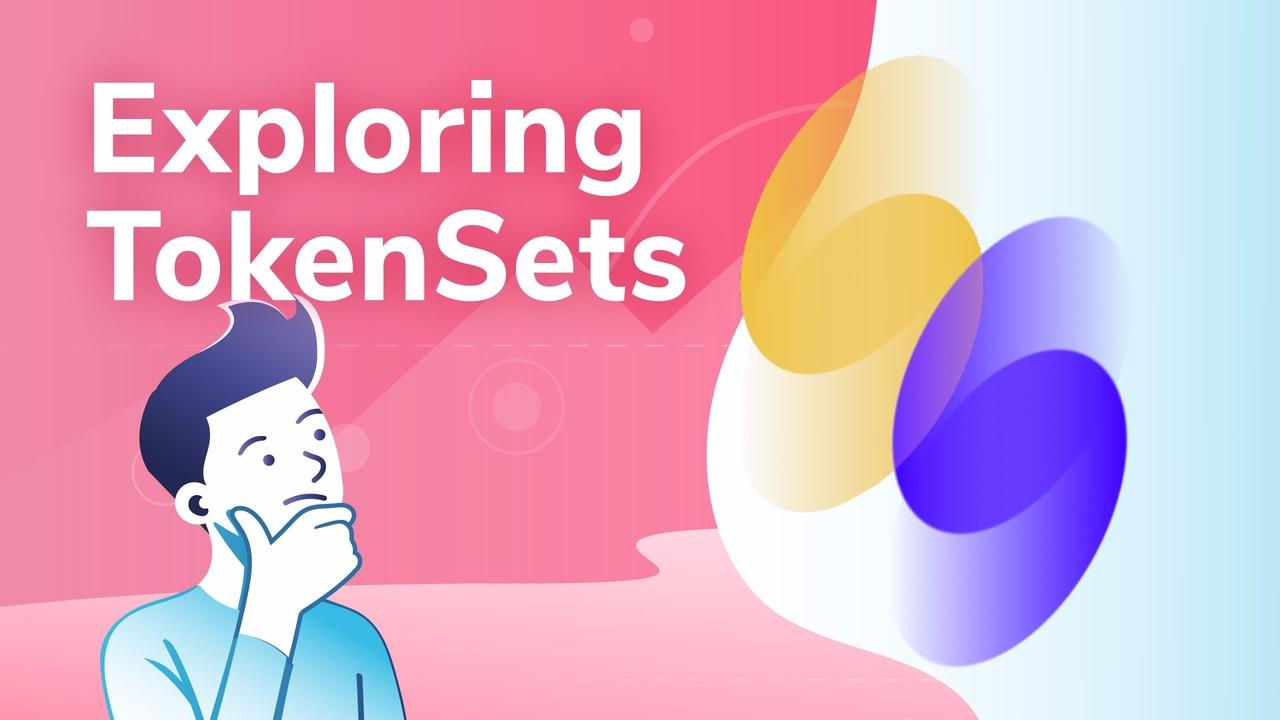
The decentralized finance (DeFi) sector continues to both evolve and amaze and yet another platform worth looking into is that of TokenSets. TokenSets is an asset management platform that automates crypto trading strategies. It provides an interface to create and buy Strategy Enabled Tokens (Set tokens). And each Set token holds a basket of cryptocurrencies whilst also representing a trading strategy.
The TokenSets team set out to create a smart contract system that could time the market for better trade position entries and exits. So, TokenSets helps traders purchase an asset that does the management for them. Moreover, it is non-custodial like other DeFi protocols. Additionally, it is also based on the assumption that the average retail traders do have the time nor the technical know-how to develop and implement these strategies themselves.
Are you getting interested in the DeFi field? After all, it is one of the hottest developments in the crypto and blockchain field in 2020. Luckily for you, you can learn about blockchain and DeFi through Ivan on Tech Academy, one of the most popular online blockchain academies in the world. Join over 20,000 existing students and get access to DeFi courses ranging from those for DeFi beginners or for advanced DeFi students. What’s more, Ivan on Tech Academy has a wide range of blockchain courses covering everything you could want to know regarding the crypto industry.
How TokenSets Work
First off, a Set is an ERC-20 digital asset. It represents a portfolio of assets that includes the stablecoins DAI, USDC, and cUSDC, as well as ETH, WBTC, and LINK. Buying and holding a single Set enables traders to bypass the need to manually rebalance their portfolios. Users can implement an asset management strategy seamlessly without having to manually juggle all the individual assets in their portfolio.

TokenSets even enables strategies such as Yield Farming and margin trading. They accomplish this by supporting integrations with exchanges, lending platforms, and AMMs. The Set protocol layer monitors market conditions and manages the assets based on buy or sell signals. This, of course, all depends on which type of strategy a user chooses.
Generally speaking, successful companies solve important problems for people. Moreover, having faced the pain of hours upon hours pouring over charts looking for buy/sell signals, the team behind TokenSets ran their idea for an automated trading platform by their crypto friends. They found out that others faced the same issues. And they were also looking for a solution.
Since each smart container of assets in TokenSets automatically rebalances itself, the user only has to choose which management strategy they want to employ. Once they’ve decided, they just buy a Set, hold it in their crypto wallet and let the protocol do the heavy lifting of automated asset management.
TokenSets Target Market
Cryptocurrencies derive their value based on the price someone is willing to pay. If you, for instance, buy a crypto asset, the price will move based on what the traders who enter after you decide to buy and sell it for. Therefore, Sets must continuously adjust their positions based on market conditions.
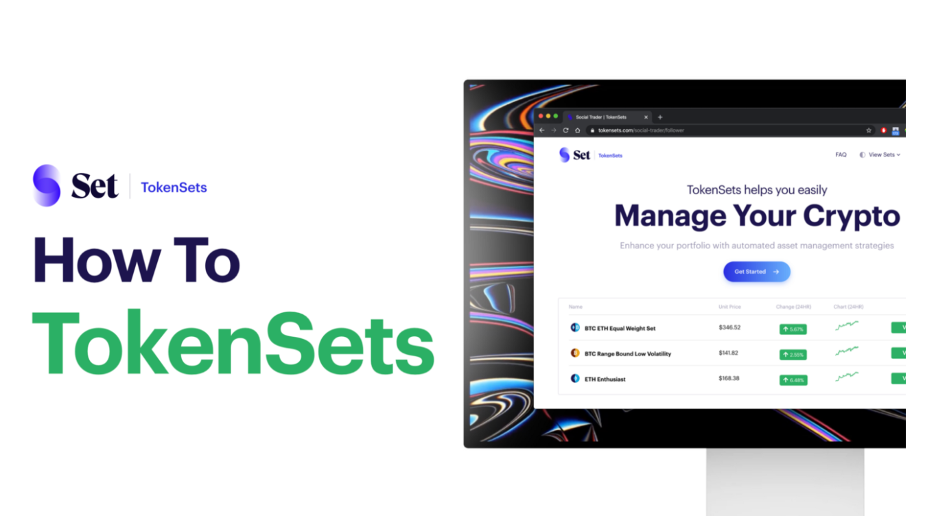
The Set protocol team is presently focused on growth and getting things to function properly before they focus on revenue generation. Their target market is the tech-savvy individuals who already own crypto and don’t have the necessary time it takes to constantly monitor and rebalance their portfolios.
The Three-Phase Rollout
The team executed their rollout plan for TokenSets in the following phases:
- In-house Sets:
The team created Sets to perform asset management strategies automatically to show what was possible.
- Self Creation:
This phase allowed users to create their own Sets.
- Hosting:
In this phase, the TokenSets platform now provides a one-stop-shop for users looking to host their Sets. And it’s also a place for those shopping for a Set to invest.
Types of Sets
TokenSets offers two types of Sets:
- Social Sets

Humans execute these trades and strategies. Just click the “Explore Sets” button to see all the Sets on the platform. Likewise, you can click on “Explore Traders” to access a variety of professional traders. You can find everything from quants to large asset management employees. When you decide on a Set you like, you can hit the Buy button. Now when the trader you’re following makes a trade, you will essentially be making the trade as well.
- Robo Sets
These strategies are hardcoded and algorithms control the buy and sell decisions—not humans. The three sets to look for are:
Three Strategies
Buy and Hold
The “Buy and Hold” strategy never goes out of style. And if you’re bullish but want more diversification than a single token, Buy and Hold Sets may be for you.
Range-Bound Strategy
If you predict an asset’s price will move sideways for a while, you’ll want to pick a Range Bound strategy. This strategy automatically rebalances between a volatile token (like ETH), and a stable one (like DAI). So, when the price of the volatile asset rises to the top of the range, the Set will automatically sell it. And when it skirts the bottom of the price range, the Set will purchase it. In this case, the Set would hold DAI to purchase ETH on the dips.
Range-Bound Strategy (Minimum, Low, High Volatility)
These are three variations of the above strategy. Your choice will be based on how volatile you believe the target asset to be. For example, a High Volatility Range-Bound Strategy would be suitable if you believe your volatile asset will make larger swings within the range.
Trend Strategy
Trend Trading Sets are for those who prefer technical analysis (TA) with such popular indicators as Moving Averages, MACD, and Bollinger Bands. TA indicators will automatically trigger trading entry and exit positions. So, with this strategy, 100% of the target asset or 100% of the stable asset will comprise the Set at any given time. Anytime a TA indicator indicates a downward trend reversal in ETH, for example, the Set would automatically rebalance itself to 100% DAI, and visa versa.
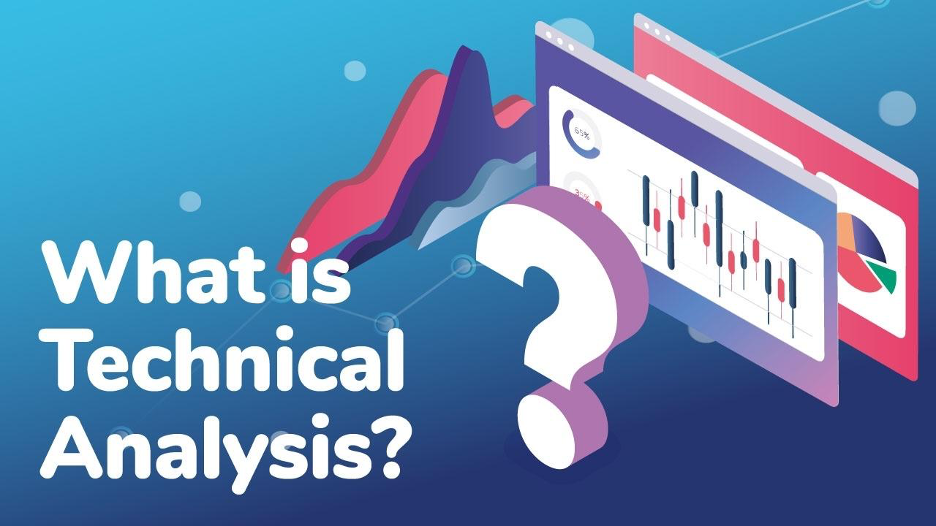
If you want to learn more about Technical Analysis, join the over 20,000 students already enrolled in Ivan on Tech Academy. Ivan on Tech Academy offers numerous courses relating to blockchain, crypto and DeFi. Moreover, the Academy consistently produces real-life success stories, and helps people land real jobs in the blockchain industry. Right now, you can enroll in the Academy and get 20% off, with the exclusive promo code BLOG20.
What is Rebalancing?
We’ve mentioned “Rebalancing” already, but the process is a bit more complex than just the automated buying and selling of assets. Put simply, rebalancing is the process of redistributing the weights of assets in a Set. Furthermore, each Set will have its specific criteria for when it should rebalance. But Set rebalances can occur not only when its token prices change a certain amount, but also after a proper amount of time has elapsed.
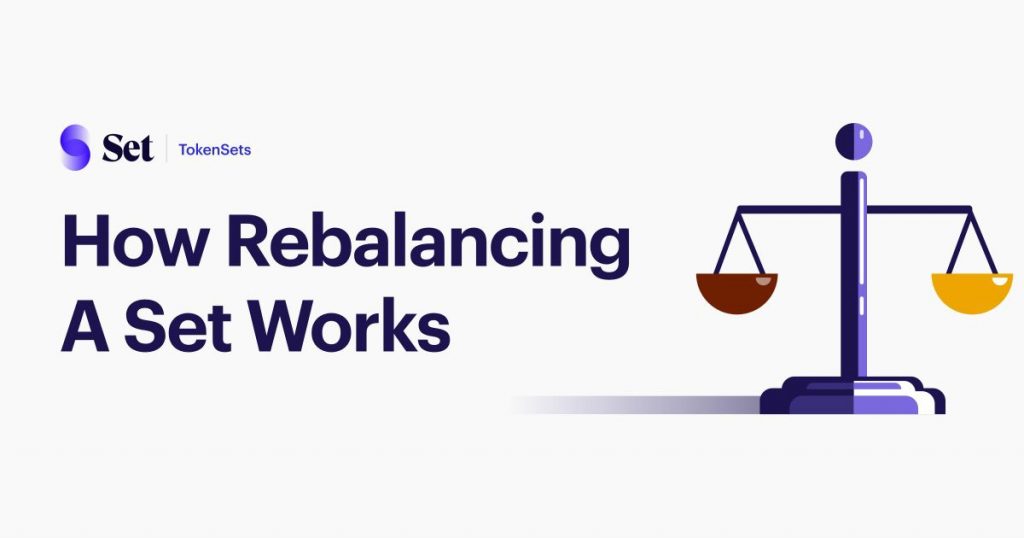
As previously mentioned, owners of a Set don’t have to manually force a rebalancing - it’s all automated. Rebalancing a Set will occur to maintain a particular allocation of tokens.
The Phases of Rebalancing
- The Set rebalancing criteria are met.
- A Set rebalance is proposed.
- Rebalancing is executed.
Rebalancing Criteria
Set rebalancing is based on two criteria:
- The Rebalancing Interval
This refers to the amount of time a Set must wait to execute a rebalance. The interval requirement prevents multiple rebalances from occurring in short time bursts. That’s because multiple rebalances in the short term could cause slippage costs to increase. It could also cause extra downtime and gas fees on Ethereum.
- Price Movement
The tokens in the Set must experience a large enough price movement to justify a rebalance.
Rebalancing Proposal
If the rebalancing criteria are met, the proposal period begins. This is essentially a grace period where the Set token holders can review the rebalancing proposal and opt-out if they disagree.
Rebalancing Execution
At the end of the proposal period, the Rebalancing Phase begins. All buying and selling are paused during this time until the Set is rebalanced. Even though TokenSets don’t yet charge a fee for rebalancing you can still incur slippage costs during this phase.
TokenSets is Non-Custodial
Each Set is backed by underlying collateral tokens. And these tokens are held inside the Set Protocol vault contract. However, only the user has access to his/her funds inside the vault contract via their crypto wallet.

Since Sets reside in the user’s crypto wallet, the TokenSets platform is considered non-custodial. So, users can move Sets to any other wallet that supports ERC-20 tokens and only the user has access to their funds.
How to Buy Sets
Users only need to supply ETH for TokenSets to mint the Set. Here are the four steps:
1) Login to TokenSets with MetaMask.

2) Choose a Set.
3) Select an amount to buy.
4) Confirm the transaction in your wallet and track the Set.
Again, the Set protocol doesn’t have any built-in fee structure at this point. This may change in the future, however.
Set Valuations
A Set’s Net Asset Value (NAV) is pretty simple to figure out. You can calculate it by totaling the value of each of the component tokens inside the Set.
The Future of TokenSets
More Sets will surely be rolling out in the future. And if you have a specific strategy you’d like to see implemented, you can message the team on Discord. The same goes if you’d like to implement your own Set.
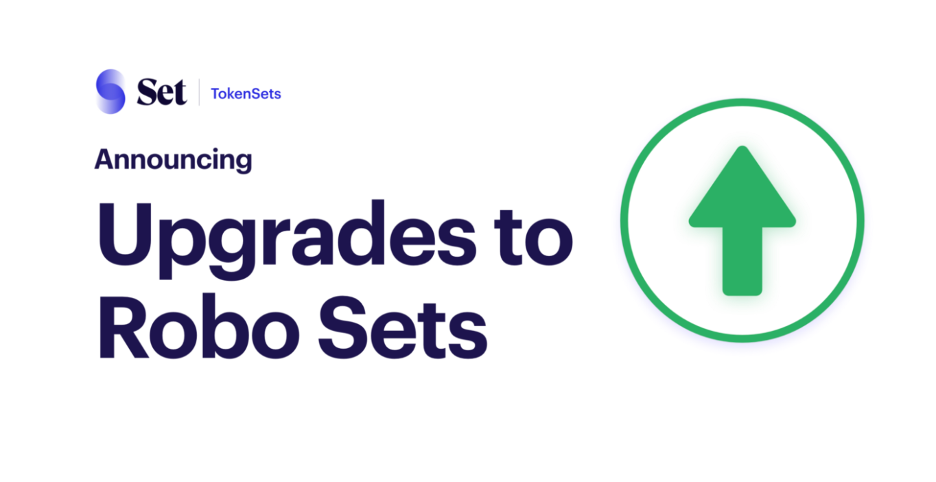
One interesting option of TokenSets is the Robo Set. If you’ve ever traded for a living then you know how hard it is to control the emotions. Humans have a hard time working in a purely logical manner. We tend to bend our trading rules when FOMO or FUD kicks in. Money robots don’t have these human problems. They operate devoid of emotion. So, in one sense, they’re better traders than us humans. Even experienced traders have to fight the urge to FOMO in and chase a rally. When that happens, the classic buy-high sell-low scenario plays out as panic selling follows the rally.
Robot trading eliminates all this emotion. Therefore they can help play a role in building a valuable, crypto portfolio.
TokenSets and Risk
Just because things like Robo Sets can remove emotions from trading, buying Sets does entail other risks. Top security firms have reviewed TokenSets’ code line by line. And Chain Security and Trail of Bits have performed audits. However, any protocol employing smart contracts comes with the usual technical risks of hacks, bugs, or oracle attacks.
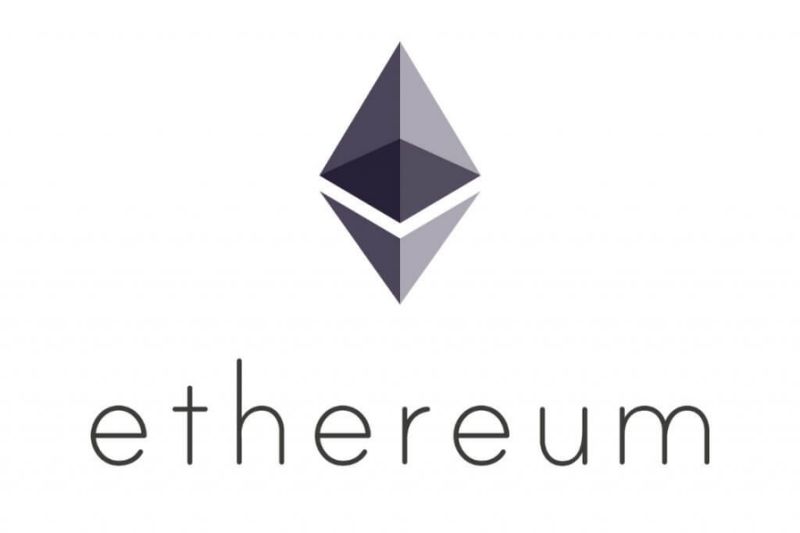
So, a buy and hold strategy with a Set is riskier than just straight-up “hodling” Ethereum. To profit with TokenSets, you have to pick the right strategies and employ them judiciously. And you also have to be aware that strategies aren’t going to perform well in every market. Dollar-Cost Averaging and holding for the long term beats the strategies that eat up lots of gas costs and fees with overtrading. However, it does appear that a good Set can beat an ETH holding strategy in certain conditions.
As mentioned before, TokenSets doesn’t charge fees. But there are slippage costs to consider. If a Set is using an exchange with low levels of liquidity, slippage costs can eat away at profitability with each rebalance. One way to reduce slippage costs is to look at the Assets Under Management (AUM) of the Set in question. The larger Sets are likely to have more liquidity and will be easier to sell at a later date.
Conclusion
DeFi Pulse has the total value locked in, or TVL, for the Set protocol at $15m in USD, $40k in ETH, and $1k in BTC. The numbers seem puny right now, but the founders developed TokenSets on the belief that structured crypto products would become huge in the same way that ETFs have. And it would come as no surprise if in the near future we see Sets listed on DEXs like Uniswap.
In a way, working with TokenSets is like implementing a “set it and forget it” strategy. All you need to do is buy the Set and let it make the trading decisions for you. Whether you want to create your own Set, piggyback off someone else’s, or use a Robo Set, working with this platform can help you elevate your finance skills. And if you create a popular Set, you could earn extra rewards if enough community members adopt it.

You can try out the DeFi Pulse Index and be exposed to the top DeFi tokens like Yearn, SYN, and LEND all in the same basket.
And if you want, you could even create a Set that’s composed of other Sets. All in all, there’s lots of potential for the skilled and creative trader who’s ready to explore and expand this toolset. This is the kind of Lego, building-block nature of DeFi that makes it such an exciting space to be in.
To learn more about DeFi and to get the best blockchain education anywhere, be sure to visit Ivan on Tech Academy today. TokenSets is just one example of the many different crypto innovations taking the crypto industry by storm. Enrolling in a blockchain education platform like Ivan on Tech Academy is an easy way to guarantee that you’ll be in the loop regarding the latest crypto developments.
Author: MindFrac
Blog Title
Blog Date
Blog Author
Blog Tags

The decentralized finance (DeFi) sector continues to both evolve and amaze and yet another platform worth looking into is that of TokenSets. TokenSets is an asset management platform that automates crypto trading strategies. It provides an interface to create and buy Strategy Enabled Tokens (Set tokens). And each Set token holds a basket of cryptocurrencies whilst also representing a trading strategy.
The TokenSets team set out to create a smart contract system that could time the market for better trade position entries and exits. So, TokenSets helps traders purchase an asset that does the management for them. Moreover, it is non-custodial like other DeFi protocols. Additionally, it is also based on the assumption that the average retail traders do have the time nor the technical know-how to develop and implement these strategies themselves.
Are you getting interested in the DeFi field? After all, it is one of the hottest developments in the crypto and blockchain field in 2020. Luckily for you, you can learn about blockchain and DeFi through Ivan on Tech Academy, one of the most popular online blockchain academies in the world. Join over 20,000 existing students and get access to DeFi courses ranging from those for DeFi beginners or for advanced DeFi students. What’s more, Ivan on Tech Academy has a wide range of blockchain courses covering everything you could want to know regarding the crypto industry.
How TokenSets Work
First off, a Set is an ERC-20 digital asset. It represents a portfolio of assets that includes the stablecoins DAI, USDC, and cUSDC, as well as ETH, WBTC, and LINK. Buying and holding a single Set enables traders to bypass the need to manually rebalance their portfolios. Users can implement an asset management strategy seamlessly without having to manually juggle all the individual assets in their portfolio.

TokenSets even enables strategies such as Yield Farming and margin trading. They accomplish this by supporting integrations with exchanges, lending platforms, and AMMs. The Set protocol layer monitors market conditions and manages the assets based on buy or sell signals. This, of course, all depends on which type of strategy a user chooses.
Generally speaking, successful companies solve important problems for people. Moreover, having faced the pain of hours upon hours pouring over charts looking for buy/sell signals, the team behind TokenSets ran their idea for an automated trading platform by their crypto friends. They found out that others faced the same issues. And they were also looking for a solution.
Since each smart container of assets in TokenSets automatically rebalances itself, the user only has to choose which management strategy they want to employ. Once they’ve decided, they just buy a Set, hold it in their crypto wallet and let the protocol do the heavy lifting of automated asset management.
TokenSets Target Market
Cryptocurrencies derive their value based on the price someone is willing to pay. If you, for instance, buy a crypto asset, the price will move based on what the traders who enter after you decide to buy and sell it for. Therefore, Sets must continuously adjust their positions based on market conditions.

The Set protocol team is presently focused on growth and getting things to function properly before they focus on revenue generation. Their target market is the tech-savvy individuals who already own crypto and don’t have the necessary time it takes to constantly monitor and rebalance their portfolios.
The Three-Phase Rollout
The team executed their rollout plan for TokenSets in the following phases:
- In-house Sets:
The team created Sets to perform asset management strategies automatically to show what was possible.
- Self Creation:
This phase allowed users to create their own Sets.
- Hosting:
In this phase, the TokenSets platform now provides a one-stop-shop for users looking to host their Sets. And it’s also a place for those shopping for a Set to invest.
Types of Sets
TokenSets offers two types of Sets:
- Social Sets

Humans execute these trades and strategies. Just click the “Explore Sets” button to see all the Sets on the platform. Likewise, you can click on “Explore Traders” to access a variety of professional traders. You can find everything from quants to large asset management employees. When you decide on a Set you like, you can hit the Buy button. Now when the trader you’re following makes a trade, you will essentially be making the trade as well.
- Robo Sets
These strategies are hardcoded and algorithms control the buy and sell decisions—not humans. The three sets to look for are:
Three Strategies
Buy and Hold
The “Buy and Hold” strategy never goes out of style. And if you’re bullish but want more diversification than a single token, Buy and Hold Sets may be for you.
Range-Bound Strategy
If you predict an asset’s price will move sideways for a while, you’ll want to pick a Range Bound strategy. This strategy automatically rebalances between a volatile token (like ETH), and a stable one (like DAI). So, when the price of the volatile asset rises to the top of the range, the Set will automatically sell it. And when it skirts the bottom of the price range, the Set will purchase it. In this case, the Set would hold DAI to purchase ETH on the dips.
Range-Bound Strategy (Minimum, Low, High Volatility)
These are three variations of the above strategy. Your choice will be based on how volatile you believe the target asset to be. For example, a High Volatility Range-Bound Strategy would be suitable if you believe your volatile asset will make larger swings within the range.
Trend Strategy
Trend Trading Sets are for those who prefer technical analysis (TA) with such popular indicators as Moving Averages, MACD, and Bollinger Bands. TA indicators will automatically trigger trading entry and exit positions. So, with this strategy, 100% of the target asset or 100% of the stable asset will comprise the Set at any given time. Anytime a TA indicator indicates a downward trend reversal in ETH, for example, the Set would automatically rebalance itself to 100% DAI, and visa versa.

If you want to learn more about Technical Analysis, join the over 20,000 students already enrolled in Ivan on Tech Academy. Ivan on Tech Academy offers numerous courses relating to blockchain, crypto and DeFi. Moreover, the Academy consistently produces real-life success stories, and helps people land real jobs in the blockchain industry. Right now, you can enroll in the Academy and get 20% off, with the exclusive promo code BLOG20.
What is Rebalancing?
We’ve mentioned “Rebalancing” already, but the process is a bit more complex than just the automated buying and selling of assets. Put simply, rebalancing is the process of redistributing the weights of assets in a Set. Furthermore, each Set will have its specific criteria for when it should rebalance. But Set rebalances can occur not only when its token prices change a certain amount, but also after a proper amount of time has elapsed.

As previously mentioned, owners of a Set don’t have to manually force a rebalancing - it’s all automated. Rebalancing a Set will occur to maintain a particular allocation of tokens.
The Phases of Rebalancing
- The Set rebalancing criteria are met.
- A Set rebalance is proposed.
- Rebalancing is executed.
Rebalancing Criteria
Set rebalancing is based on two criteria:
- The Rebalancing Interval
This refers to the amount of time a Set must wait to execute a rebalance. The interval requirement prevents multiple rebalances from occurring in short time bursts. That’s because multiple rebalances in the short term could cause slippage costs to increase. It could also cause extra downtime and gas fees on Ethereum.
- Price Movement
The tokens in the Set must experience a large enough price movement to justify a rebalance.
Rebalancing Proposal
If the rebalancing criteria are met, the proposal period begins. This is essentially a grace period where the Set token holders can review the rebalancing proposal and opt-out if they disagree.
Rebalancing Execution
At the end of the proposal period, the Rebalancing Phase begins. All buying and selling are paused during this time until the Set is rebalanced. Even though TokenSets don’t yet charge a fee for rebalancing you can still incur slippage costs during this phase.
TokenSets is Non-Custodial
Each Set is backed by underlying collateral tokens. And these tokens are held inside the Set Protocol vault contract. However, only the user has access to his/her funds inside the vault contract via their crypto wallet.

Since Sets reside in the user’s crypto wallet, the TokenSets platform is considered non-custodial. So, users can move Sets to any other wallet that supports ERC-20 tokens and only the user has access to their funds.
How to Buy Sets
Users only need to supply ETH for TokenSets to mint the Set. Here are the four steps:
1) Login to TokenSets with MetaMask.

2) Choose a Set.
3) Select an amount to buy.
4) Confirm the transaction in your wallet and track the Set.
Again, the Set protocol doesn’t have any built-in fee structure at this point. This may change in the future, however.
Set Valuations
A Set’s Net Asset Value (NAV) is pretty simple to figure out. You can calculate it by totaling the value of each of the component tokens inside the Set.
The Future of TokenSets
More Sets will surely be rolling out in the future. And if you have a specific strategy you’d like to see implemented, you can message the team on Discord. The same goes if you’d like to implement your own Set.

One interesting option of TokenSets is the Robo Set. If you’ve ever traded for a living then you know how hard it is to control the emotions. Humans have a hard time working in a purely logical manner. We tend to bend our trading rules when FOMO or FUD kicks in. Money robots don’t have these human problems. They operate devoid of emotion. So, in one sense, they’re better traders than us humans. Even experienced traders have to fight the urge to FOMO in and chase a rally. When that happens, the classic buy-high sell-low scenario plays out as panic selling follows the rally.
Robot trading eliminates all this emotion. Therefore they can help play a role in building a valuable, crypto portfolio.
TokenSets and Risk
Just because things like Robo Sets can remove emotions from trading, buying Sets does entail other risks. Top security firms have reviewed TokenSets’ code line by line. And Chain Security and Trail of Bits have performed audits. However, any protocol employing smart contracts comes with the usual technical risks of hacks, bugs, or oracle attacks.

So, a buy and hold strategy with a Set is riskier than just straight-up “hodling” Ethereum. To profit with TokenSets, you have to pick the right strategies and employ them judiciously. And you also have to be aware that strategies aren’t going to perform well in every market. Dollar-Cost Averaging and holding for the long term beats the strategies that eat up lots of gas costs and fees with overtrading. However, it does appear that a good Set can beat an ETH holding strategy in certain conditions.
As mentioned before, TokenSets doesn’t charge fees. But there are slippage costs to consider. If a Set is using an exchange with low levels of liquidity, slippage costs can eat away at profitability with each rebalance. One way to reduce slippage costs is to look at the Assets Under Management (AUM) of the Set in question. The larger Sets are likely to have more liquidity and will be easier to sell at a later date.
Conclusion
DeFi Pulse has the total value locked in, or TVL, for the Set protocol at $15m in USD, $40k in ETH, and $1k in BTC. The numbers seem puny right now, but the founders developed TokenSets on the belief that structured crypto products would become huge in the same way that ETFs have. And it would come as no surprise if in the near future we see Sets listed on DEXs like Uniswap.
In a way, working with TokenSets is like implementing a “set it and forget it” strategy. All you need to do is buy the Set and let it make the trading decisions for you. Whether you want to create your own Set, piggyback off someone else’s, or use a Robo Set, working with this platform can help you elevate your finance skills. And if you create a popular Set, you could earn extra rewards if enough community members adopt it.

You can try out the DeFi Pulse Index and be exposed to the top DeFi tokens like Yearn, SYN, and LEND all in the same basket.
And if you want, you could even create a Set that’s composed of other Sets. All in all, there’s lots of potential for the skilled and creative trader who’s ready to explore and expand this toolset. This is the kind of Lego, building-block nature of DeFi that makes it such an exciting space to be in.
To learn more about DeFi and to get the best blockchain education anywhere, be sure to visit Ivan on Tech Academy today. TokenSets is just one example of the many different crypto innovations taking the crypto industry by storm. Enrolling in a blockchain education platform like Ivan on Tech Academy is an easy way to guarantee that you’ll be in the loop regarding the latest crypto developments.
Author: MindFrac





